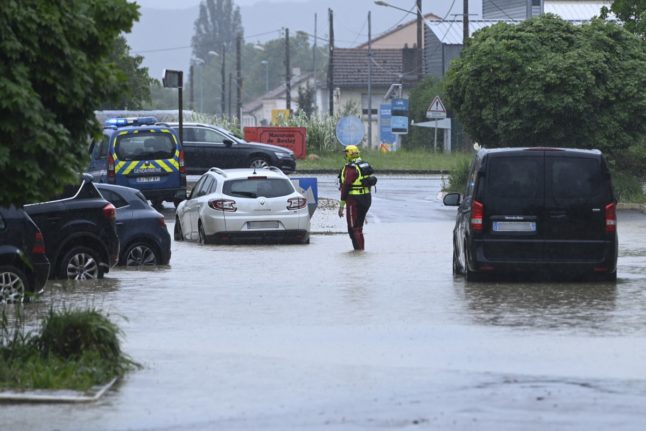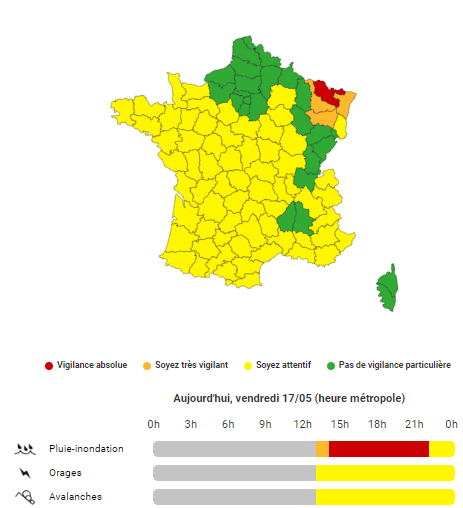The EU
Certain countries in the EU, notably France and Germany have pushed for a unified response across to bloc to the issue of borders and how to control them.
But given that countries in the EU are in charge of the own borders the response hasn't always been unified, with many states unilaterally closing their frontiers during the first wave of the pandemic in Spring 2020 and then again after the emergence of the variant discovered in the UK before Christmas.
In April last year the EU did ban non-essential travel from all non-EU countries, apart from those on a safe list which included Australia and New Zealand.
While there's a long list of exemptions to this travel ban such as EU citizens and residents who need to return home, those travelling for urgent family matters and health workers, the EU's external borders remain tightly restricted in all member states.
This week the EU Commission said it recommends all travellers from outside the EU be required to produce a negative Covid-19 test carried out within 72 hours of travel, in order to board any transport.
As for travel within the EU, the Commission is keen for borders to stay open to ensure the single market can function, but simply advised against all non-essential travel. It also proposed classifying the areas of the EU with very high infection rates as “dark red zones”. All travellers from these regions would be forced to undergo pre-travel testing and quarantine after arrival. The European Council will decide whether to adopt the proposal.
But in the meantime countries around Europe are imposing ever-tighter restrictions. Here's a run down.
Germany
Sweden
Denmark requires everyone travelling to the country by air to provide a negative Covid-19 test no more than 24 hours old when boarding flights. Foreign nationals who live in Denmark are subject to the rule, as are Danish citizens.
The rules came into effect on January 9th and are scheduled to expire on February 7th.
Non-Danish nationals who live in regions of Sweden and Germany which border Denmark can travel to Denmark with a negative Covid-19 test up to one week old, provided they have a ‘valid' reason for travel, when entering at land or bridge borders. Non-resident foreigners must provide a negative Covid-19 test no more than 24 hours old.
Non-Danes who live in the UK and South Africa are essentially banned from entering Denmark at the current time, while incoming flights from the United Arab Emirates are not permitted to land in Denmark.
Denmark recommends self-isolation for 10 days after entering the country but does not enforce it, although reports have suggested authorities are considering introducing such a requirement.
The country’s foreign ministry is currently advising against all foreign travel.
READ ALSO: These are Denmark’s entry rules for negative Covid-19 tests
Italy
Italy's travel restrictions remain strict, and vary depending on the country you’re travelling from.
Non-essential travel remains banned from most countries outside Europe, including the US and Canada. Those who have essential reasons to travel need to quarantine for 14 days on arrival.
EU travellers need to get a test within the 48 hours before departing for Italy. People who arrive without proof of a negative test result have to quarantine for 14 days.
Most travel to Italy from the UK is still banned due to concerns about a new strain of the virus, with the exception of those who are legally resident in Italy and those with urgent reasons for travel. Anyone eligible to travel from the UK must show two negative test results and also undergo a 14-day quarantine.
Italy also currently has a domestic travel ban in place, with limits on travel between all regions.
Spain
Spain has adopted measures in line with EU recommendations which means there are effectively no restrictions on those travellers arriving in Spain from EU/ EEA countries providing that those who travel from a country classified as high risk country present a negative test.
And the list of high risk countries currently includes the majority of the countries in the EU/EEA.
In addition Spain has banned all travel from the UK except for those returning Spanish citizens or those with legal residency in Spain.
For travellers coming from countries outside of the EU, Spain is following the guidelines set by the EU (see above).
If you travel to, or transit, Spain and are not admitted, you will be placed in immigration detention for up to several days, until a flight on the same airline becomes available to take you back to your point of origin.
There is no mandatory quarantine in place for new arrivals in Spain but all passengers travelling by air or sea to Spain must fill out and sign an online Health Control Form 48 hours prior to travel and undertake undertake a Covid-19 test at least 72 hours prior to travel.
On completion, travellers are issued a personal and non-transferable QR code which they must show (electronically or hardcopy) at airport health controls on arrival, where they may be asked to undergo a temperature check and visual health assessment
Overland travellers to Spain are exempt from the above mentioned entry requirements and are therefore not currently required to present a Covid test, or Health Control Form on entry by road or rail.
Travel within Spain itself is limited with most of Spain's regions currently restricting travel in and out of their territories unless it is for justified reasons.
READ MORE: LATEST: These are updated Covid-19 rules for regions across Spain
Switzerland
Switzerland's border with its neighbours, Schengen zone countries and most of Europe are open.
Everyone traveling to Norway has to quarantine for ten days. The only exception is for people returning or arriving from “yellow” and “green” countries where infection rates are low.
Note that even if you have received the vaccine it does not change the quarantine rules yet.
The quarantine period can be reduced to seven days if the traveller has two negative Covid-19 tests after traveling to Norway. The tests must be conducted on day one and day seven after arrival.
On Monday January 18th Norway introduced mandatory Covid-19 testing for travellers at its borders.
Those who fail to comply face a fine of 20,000 Norwegian Kroner.
All travellers returning or arriving to Norway must register with the government before arrival.
READ MORE: What are the Covid-19 rules for travel to and from Norway?
International passengers must now test negative for coronavirus if they wish to travel to the UK.
So-called “travel corridors”, which exempted passengers arriving from some countries from quarantine requirements , have been suspended meaning all arrivals must self-isolate for 10 days.
Given the UK is in lockdown these travel restrictions are due to remain in place until February 15th but likely much longer.
The Netherlands government “strongly advises” against all travel to the country unless it is strictly necessary.
Those who do travel must provide a negative test and then self-isolate for 10 days on arrival.
The Belgian government requires all arrivals apart from some exceptions such as hauliers to provide a negative Covid test prior to arrival. And Until March “each person who stayed at least 48 hours in a red zone is subject to a quarantine measure which can be ended through a negative PCR-rest on day 7 of the quarantine.”
All passengers have to register.






 Please whitelist us to continue reading.
Please whitelist us to continue reading.
Member comments